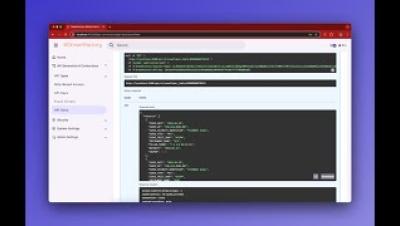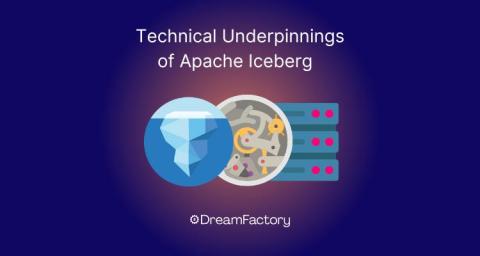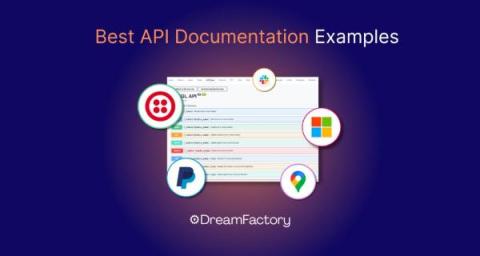LLM Data Gateways: Bridging the Gap Between Raw Data and Enterprise-Ready AI
LLM Data Gateways are specialized tools that prepare and secure data for AI systems, ensuring better performance, compliance, and cost efficiency. They act as a bridge between raw data and large language models (LLMs), solving common challenges in AI like poor data quality and security risks.











